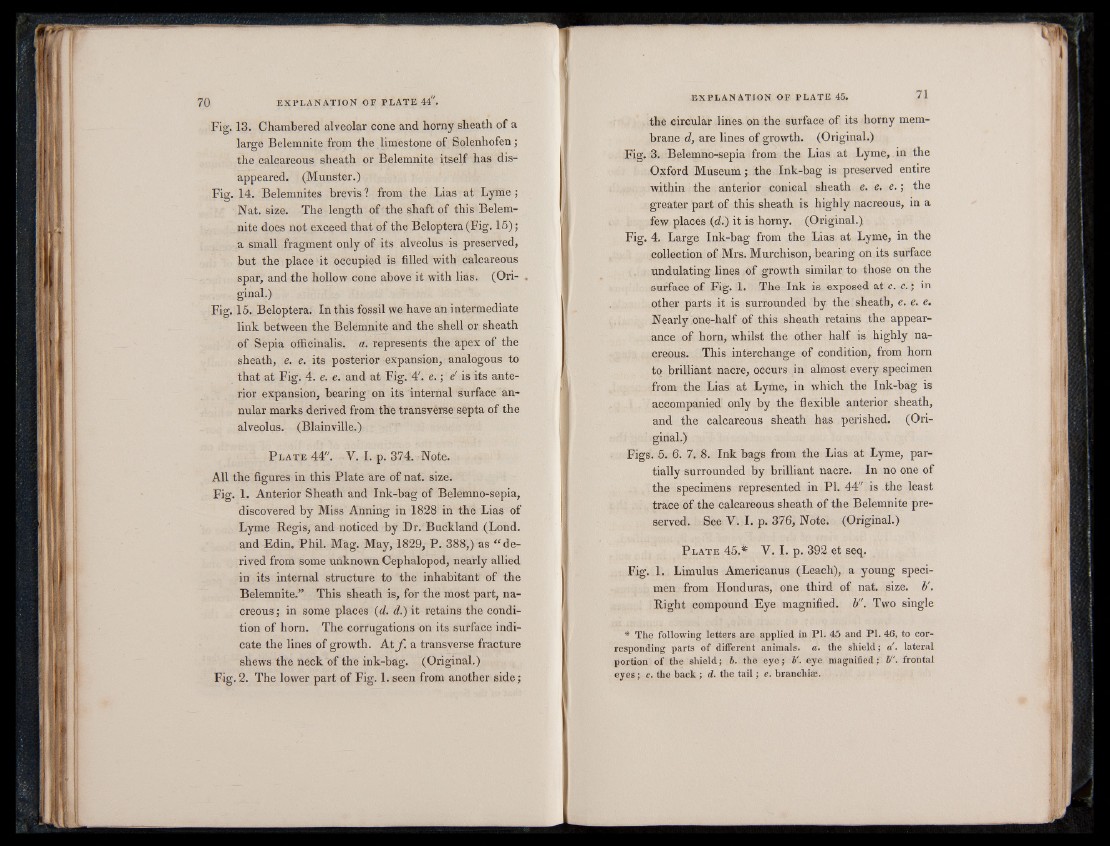
Fig. 13. Chambered alveolar cone and horny sheath of a
large Belemnite from the limestone © of Solenhofen;
the calcareous sheath or Belemnite itself has disappeared.
(Munster.)
Fig. 14. Belemnites brevis ? from the Lias at Lyme ;
Nat. size. The length of the shaft of this Belemnite
does not exceed that of the Beloptera(Fig. 15);
a small fragment only of its. alveolus is preserved,
but the place it occupied is filled with calcareous
spar, and the hollow cone above it with lias. (Original.)
Fig. 15. Beloptera. In this fossil we have an intermediate
link between the Belemnite and the shell or sheath
of Sepia officinalis, a. represents the apex of the
sheath, e. e. its posterior expansion, analogous to
that at Fig. 4. e. e. and at Fig. 4'. e .; e is its anterior
expansion, bearing on its internal surface annular
marks derived from the transverse septa of the
alveolus. (Blainville.)
P late 44". V. I. p. 374. Note.
All the figures in this Plate are of nat. size.
Fig. % Anterior Sheath and Ink-bag of Belemno-sepia,
discovered by Miss Anning in 1828 in the Lias of
Lyme Regis, and noticed by Dr. Buckland (Lond.
and Edin, Phil. Mag. May, 1829, P. 388,) as “ derived
from some unknown Cephalopod, nearly allied
in its internal structure to the inhabitant of the
Belemnite.” This sheath is, for the most part, nacreous
; in some places (d. d.) it retains the condition
of horn. The corrugations on its surface indicate
the lines of growth. At f . a transverse fracture
shews the neck of the ink-bag. (Original.)
Fig. 2. The lower part of Fig. 1. seen from another side;
the circular lines on the surface of its horny membrane
d, are lines of growth. (Original.)
Fig. 3. Belemno-sepia from the Lias at Lyme, in the
Oxford Museum; the Ink-bag is preserved entire
within the anterior conical sheath e. e. e .; the
greater part of this sheath is highly nacreous, in a
few places (d.) it is horny. (Original.)
Fig. 4. Large Ink-bag from the Lias at Lyme, in the
collection of Mrs. Murchison, bearing on its surface
undulating lines of growth similar to those on the
surface of Fig. 1. The Ink is exposed at c. c.; in
other parts it is surrounded by the sheath, e. e. e.
Nearly one-half of this sheath retains the appearance
of horn, whilst the other half is highly nacreous.
This interchange of condition, from horn
to brilliant nacre, occurs in almost every specimen
from the Lias at Lyme, in which the Ink-bag is
accompanied only by the flexible anterior sheath,
and the calcareous sheath has perished. (Original.)
Figs. 5. 6. 7. 8. Ink bags from the Lias at Lyme, partially
surrounded by brilliant nacre. In no one of
the specimens represented in PI. 44" is the least
trace of the calcareous sheath of the Belemnite preserved.
See V. I. p. 376, Note. (Original.)
P late 45.# V. I. p. 392 et seq.
Fig. 1. Limulus Americanus (Leach), a young specimen
from Honduras, one third of nat. size. b'.
Right compound Eye magnified, b". Two single
* The following letters are applied in PI. 45 and PI. 46, to corresponding
parts of different animals, a. the shield; a . lateral
portion of the shield; b. the eye; b'. eye magnified; b". frontal
eyes; c. the back ; d. the ta il; e. branchiae.